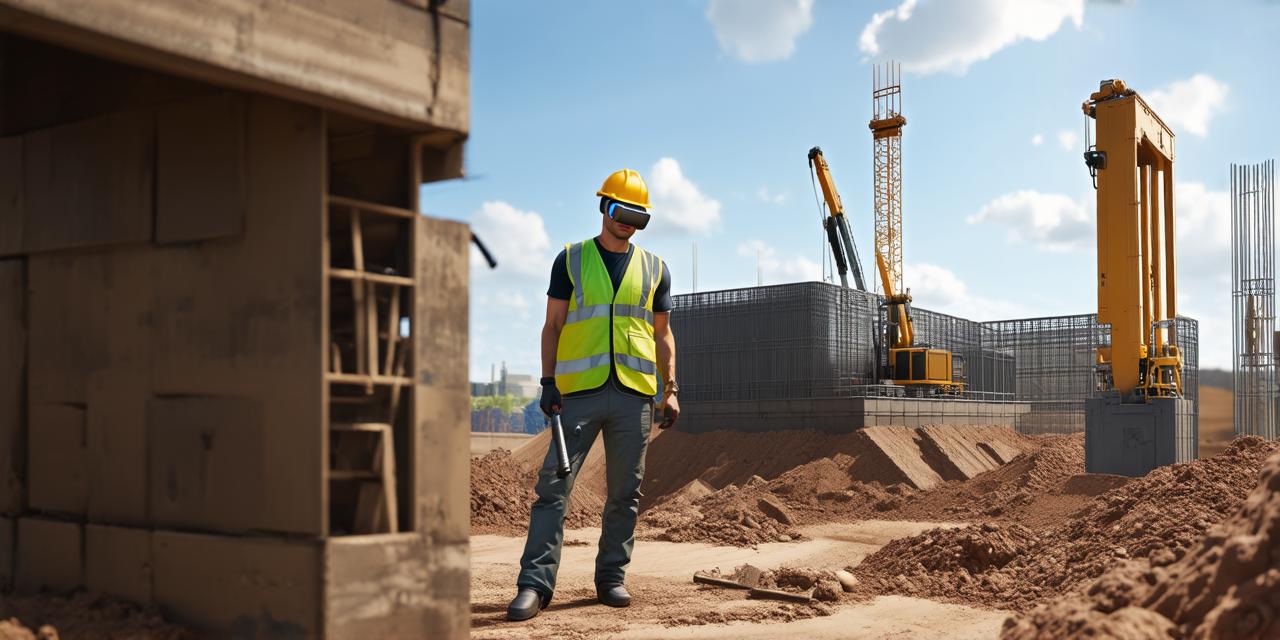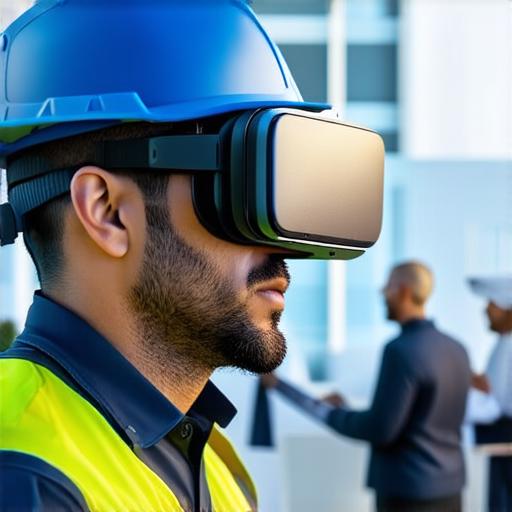
How can the construction industry utilize virtual reality?
Virtual reality (VR) is becoming increasingly popular in a variety of industries, including construction. VR technology allows architects and builders to visualize and interact with 3D models of buildings and structures in a way that was previously impossible.
This has led to many benefits for the construction industry, including increased efficiency, cost savings, and improved safety.
One example of how VR is being used in construction is in prefabrication. Prefabrication involves building components offsite and then assembling them on site. VR technology allows architects and builders to visualize the entire process, from designing the components to assembling them on site.
This can save time and money by reducing the need for physical prototypes and allowing for more precise planning.
Another example of how VR is being used in construction is in project management. With VR, architects and builders can walk through a 3D model of the building and see all of the details, including materials, dimensions, and layout.
This can help them identify potential issues early on in the project, which can save time and money in the long run.
In addition to improving efficiency and cost savings, VR technology also has the potential to improve safety on construction sites. With VR, workers can practice dangerous tasks, such as working at heights or handling heavy equipment, in a safe and controlled environment.
This can help reduce the risk of accidents and injuries on site.
There are many real-life examples of how VR is being used in construction. For example, a company called SketchUp has developed a VR tool that allows architects to visualize their designs in 3D and interact with them in real time. This has led to increased productivity and more accurate designs for clients.
Another example is the use of VR in the prefabrication process by companies like DPR Construction, which has resulted in faster construction times and reduced costs.
While VR technology is still relatively new in the construction industry, it is already having a significant impact. As the technology continues to improve, we can expect to see even more benefits for architects, builders, and other professionals in the construction industry.

How does virtual reality work in construction?
Virtual reality works by creating a 3D model of a building or structure that can be viewed and interacted with using special glasses or headsets. This allows architects and builders to visualize the entire process, from designing the components to assembling them on site.
What are some benefits of using virtual reality in construction?
Some benefits of using virtual reality in construction include increased efficiency, cost savings, improved safety, and more accurate designs. VR technology can also help identify potential issues early on in the project, which can save time and money in the long run.
How is virtual reality being used in project management?
Virtual reality is being used in project management by allowing architects and builders to walk through a 3D model of the building and see all of the details, including materials, dimensions, and layout. This can help identify potential issues early on in the project, which can save time and money in the long run.


